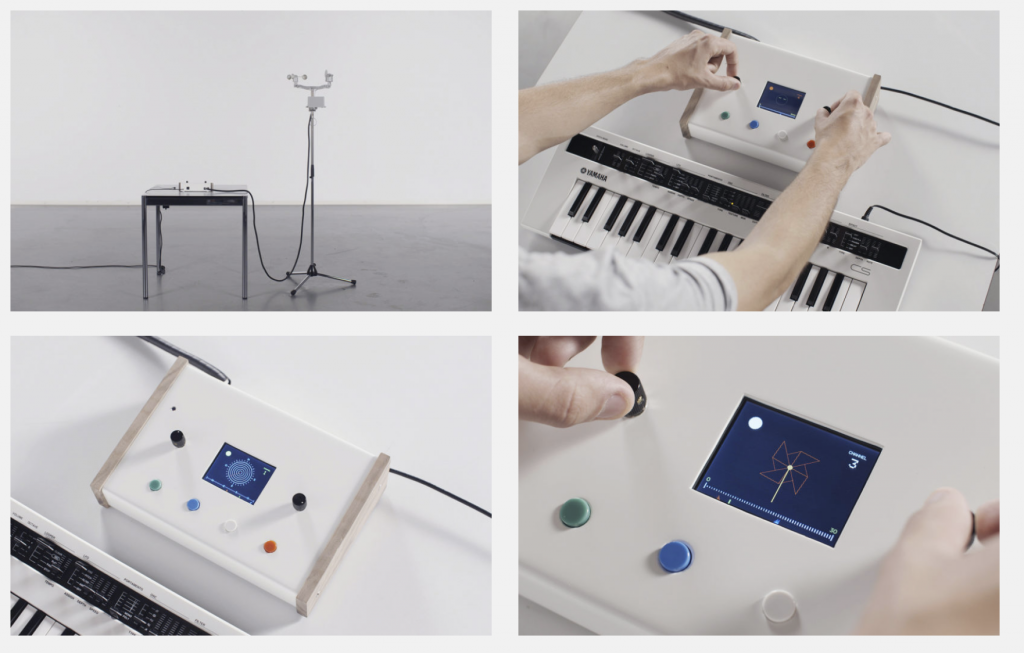“THIS is computer music” Ted Talk by Ge Wang
I came across this Tedx Talk from a Stanford professor named Ge Wang. Wang is an assistant professor at Stanford’s Center for Computer Research in Music and Acoustics. He conducts research on computer music and works on a variety of projects ranging from being the author of ChucK a music programming language to a Laptop and Mobile Phone Orchestras. I thought it was really interesting that he is conducting research at an educational institution.
I really admired the way Wang focuses not just on the production of music, but the individual person’s expression of the music. This intentionality is expressed in through the various ways he implemented his computer music instruments. Each “instrument’s” sound and the way the sound is generated is highly reliant on the musician’s decisions on the way they play the instrument. Moreover, Wang really takes advantage of the “computer” aspect of computer music by creating something really beautiful through his music creating app, Smule. Users from all over the world were able to add their voices to a rendition of “Lean on Me” to send hope to earthquake victims in Japan in 2011 (last example in the video).
![[OLD FALL 2019] 15-104 • Introduction to Computing for Creative Practice](../../../../wp-content/uploads/2020/08/stop-banner.png)






